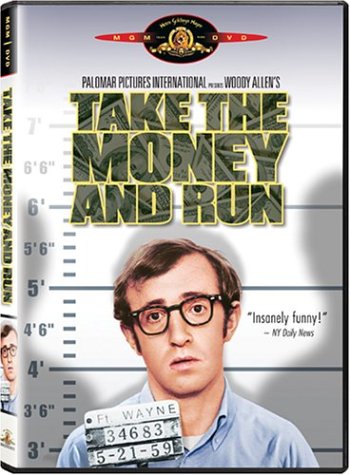Small Companies Are NOT Using Technology to Drive Business
/According to a recent Citibank survey, most small businesses do not utilize affordable technologies to drive their business.
37 Percent Not Using Web site to Expand Business; 84 Percent Not Selling Products, Services Online; 62 Percent Not Using Email for Marketing
63 Percent Say Word of Mouth Most Effective Way to Market their Business and Find New Customers, Yet 81 Percent Don’t Use Social Media
Despite the ubiquitous and relentless buzz around social media, most businesses today aren't leveraging basic online tools readily available to them to help grow their businesses, according to the latest small business survey by Citibank.
“This may be because the online world does not fit their business model or other factors such as inexperience with technology or lack of time to effectively enter these marketing channels. It’s encouraging, however, to see that many intend to utilize more of these tools in the next 12 months.”
According to the survey of 552 small business executives across the United States, in the last year 37 percent of small businesses have not used a Web site for marketing or expanding their business and 84 percent have not used ecommerce to sell their products or services. Additionally, 62 percent aren’t using basic email for marketing their business. Yet among those businesses that do have a Web site, 74 percent say their site has been effective at generating more business.
“Many small businesses today have yet to really harness the marketing and communication power that online tools can provide them,” said Raj Seshadri, the head of Small Business Banking at Citibank. “Our survey reveals a huge opportunity for many businesses to begin using some of the basic online tools, such as email marketing, to drive their sales.”
When it comes to more advanced methods of online marketing, and increasing reach and influence, the survey’s findings were similar: Sixty-five percent of small businesses are not placing online ads to expand their business and 67 percent have not used search engine optimization.
The survey also uncovered a disconnect regarding the importance placed on word-of-mouth marketing by small businesses. Sixty-three percent of respondents say word-of-mouth marketing is the most effective way to market their business and find new customers. Yet this doesn’t translate into online behavior, showing that many do not view social media as a word-of-mouth channel; 81 percent say they have not used social media sites such as Facebook, LinkedIn or Twitter. Among those not using social media sites, 47 percent don’t believe these sites are of value to their business while another 21 percent believe these sites are more for personal than business use; 18 percent say they don’t know enough about how to use the sites.
At the same time, many small businesses say they plan more online activity in the next 12 months. Among the findings:
- 72 percent say they are likely to use a Web site for marketing or expanding their business in the next 12 months - up 14% from those who do today.
- 24 percent will likely use ecommerce to sell their products or services online over the next 12 months – up 50% from those who do today.
- 30 percent say they intend to use social networking sites such as Facebook, LinkedIn or Twitter for marketing or expanding their business – up 58% from those who do today.
“This survey shows that many small businesses have yet to add new tools to traditional marketing methods that they have found effective in the past,” said Seshadri. “This may be because the online world does not fit their business model or other factors such as inexperience with technology or lack of time to effectively enter these marketing channels. It’s encouraging, however, to see that many intend to utilize more of these tools in the next 12 months.”
Small Business is 70% of the Global Economy
As Ian Pennell, Cisco's Co-Chair of its small business counsel attests, smaller companies are the heart beat of the global economy. Watch his video on the Cisco intiative are solutions designed for small companies and organizations.










